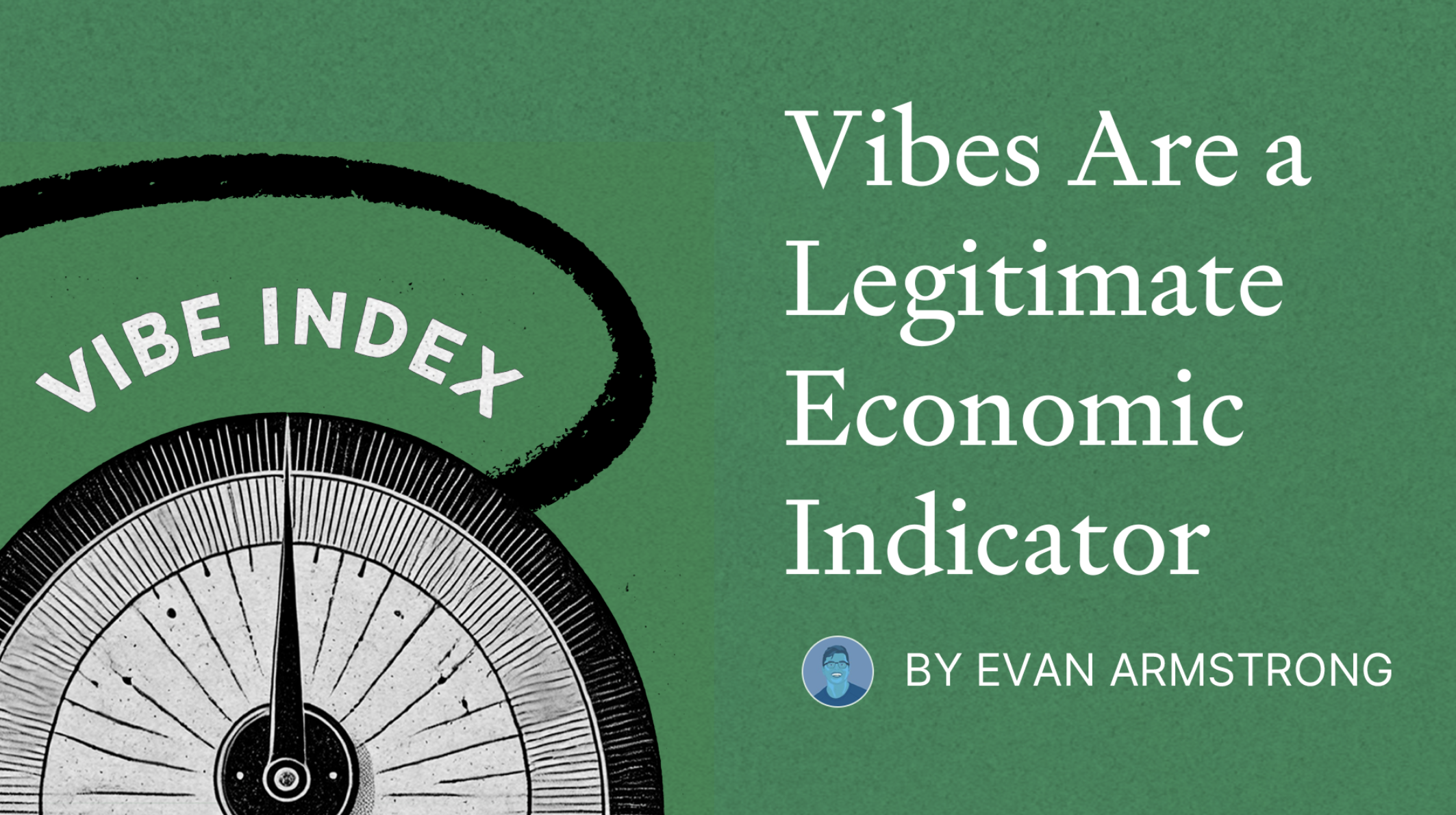Vibes Are a Legitimate Economic Indicator

🌈 Abstract
The article discusses Kyla Scanlon, a 27-year-old economics commentator who has gained popularity for producing smart and accessible explainers on economic topics. It focuses on her recently published book "In This Economy?: How Money and Markets Really Work", which aims to help the layperson understand the underlying forces driving the current economic landscape.
🙋 Q&A
[01] Kyla Scanlon and her book "In This Economy?"
1. What are Kyla Scanlon's key skills and characteristics as an economics commentator?
- She is good at distilling complex content into key insights and forming clear, concise summaries
- She has become popular for producing smart and accessible explainers that people under 60 enjoy
- She coined the term "vibecession" in June 2022 and has amassed 172,000 followers on X
2. What is the purpose and target audience of Scanlon's book "In This Economy?"
- The book is an attempt to help the layperson understand the underlying forces driving the current economic "weirdness"
- It is aimed at a high school audience asking questions about the economy for the first time, providing a middle ground between a textbook and a theory proposal
3. What are some of the key topics and concepts covered in the book?
- Fundamental economic concepts like how money works and supply and demand
- Newsy items and theories such as Marxism, the influence of corporations, the gold standard, and the collapse of FTX
- Scanlon's concept of "vibes" - the collective feelings about the economy in the digital age
4. What are some of the strengths and limitations of Scanlon's approach in the book?
- Strengths:
- Inventive in her serious study of "vibes" and their role in the economy
- Provides a perspective on how Gen Z views economic theory in the context of today's markets
- Limitations:
- Occasionally portrays big ideas as facts when they are more feelings or assumptions
- The book lacks the depth and rigor of more comprehensive economics works
[02] The concept of "vibes" in economics
1. How does Scanlon's concept of "vibes" differ from previous theories on consumer sentiment and animal spirits?
- Vibes are defined as the collective feelings about the economy in the digital age, which is a more modern and expansive concept compared to previous theories formed in a pre-internet world.
- Vibes represent a disconnect between data and sentiment, whereas Keynes's animal spirits were more about the fundamental psychological forces driving economic decisions.
2. How does Scanlon suggest vibes could be used in economic analysis and forecasting?
- Scanlon argues that the economy is downstream of emotions, and that understanding and forecasting collective emotions could allow for more accurate predictions of spending and saving habits.
- She suggests that if vibes are as predictive as she believes, they could be used to make profitable trades in the markets, similar to how hedge funds currently use social media data to front-run meme stocks.
3. What are the potential benefits and challenges of incorporating the concept of vibes into economic study and practice?
- Benefits:
- Recognizes the significant role that emotions and collective sentiment play in economic outcomes, which has been underappreciated in traditional economic theories.
- Could lead to more accurate forecasting and understanding of consumer behavior.
- Challenges:
- Quantifying and measuring vibes in a rigorous, scientific manner may be difficult.
- Integrating vibes into existing economic frameworks and models would require significant further research and development.